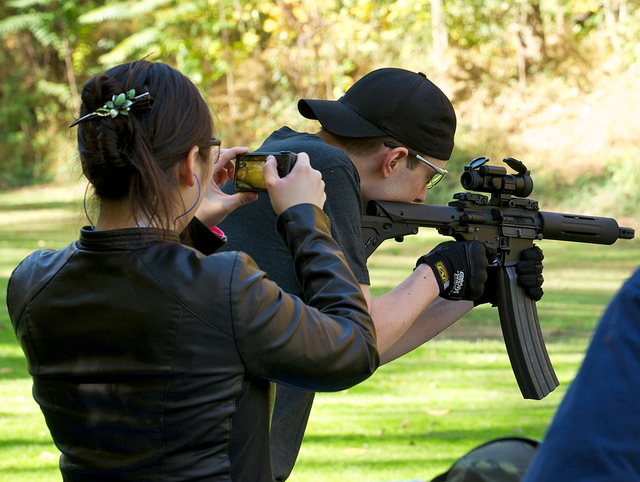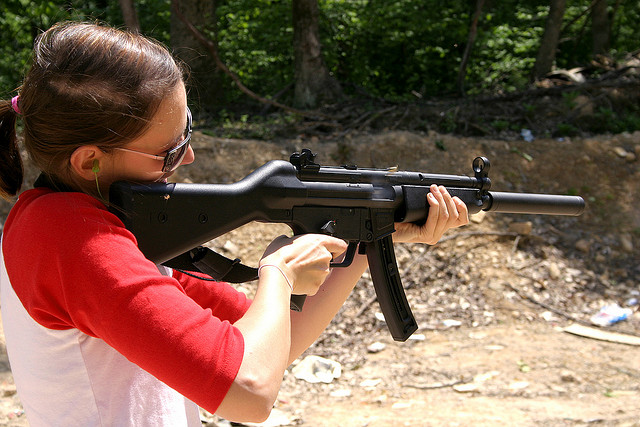How to Get Started in Shooting Sports
Competitive shooting can be an extremely exciting sport, although the idea of actually going to a competition can be intimidating at first. Perhaps you feel like you’re not good enough, or maybe you just don’t know where to start. Fortunately, getting involved in shooting sports is easier than you might think. You just need a bit of knowledge, some equipment and a willingness to learn.
For New Shooters
If you don’t have much experience with guns, there are a few preliminary steps you need to take before you can get started. First, you’ll need to take a gun safety course to learn the basics. The National Rifle Association hosts firearms safety and training classes in every state. Your local gun range might also offer its own introductory courses. Another option is the First Shots course sponsored by the National Shooting Sports Foundation, although these classes aren’t available in all areas.
Finding a Local Competition
Before you proceed any further, you need to find out what types of competitions are available in your area. Shooting sports can include target shooting with pistols, mobile shooting courses with AR-15s, long-range marksmanship with bolt action rifles and more. The easiest way to discover competitions near you is to ask around at local shooting ranges. They should be able to provide you with a schedule of any upcoming events as well as the rules for each particular type of competition.
You can also find matches online through organizations like the International Defensive Pistol Association or the United States Practical Shooting Association. Both websites can help you find local competitions and provide you with the rules for each type of event.
Safety and Procedures
Before participating in a match, you’ll need to be familiar with the range’s safety guidelines and procedures. Some are almost universal, such as keeping your gun holstered and unloaded until it’s your turn to shoot. Others vary from place to place. The best way to learn is to attend a match as a spectator. You’ll need eye and ear protection, which the range may be able to provide for you. Pay close attention to not only the event itself, but also to what shooters do before and after. Don’t be afraid to ask questions.
Equipment
Once you know what type of event you want to participate in and have familiarized yourself with the rules, you’ll need to acquire any equipment you don’t already have. Rules about what guns are and are not allowed vary by competition, but a common 9mm weapon will be legal for most pistol shooting events. For pistols, you’ll also need a standard belt holster. Avoid cheap nylon holsters, as well as soft holsters placed inside the waistband. They can collapse and make it difficult to re-holster the weapon.
Most competitions require extra magazines or speed loaders, often loaded with a particular number of rounds to keep things fair among different gun types. You’ll need a way to carry those as well. You should also have a pair of safety glasses and earplugs. The basic foam plugs will work for now.
Once you have some experience shooting, you can invest in customizing things more to your tastes. You may want to add a custom sight to the weapon, or change from a fixed to an adjustable stock or vice versa. There are also several different kinds of ear protection available, including noise-cancelling headphones and custom-fitted earplugs.
One great thing about shooting sports is the close-knit community you’ll often find at the local gun range. More experienced shooters are often happy to help guide newcomers through the process, and there are usually plenty of people who can help you become more competitive in the sport. In the end, however, it doesn’t really matter if you win or lose. If you have the courage to step into the world of competition shooting, you’re sure to have a blast.

